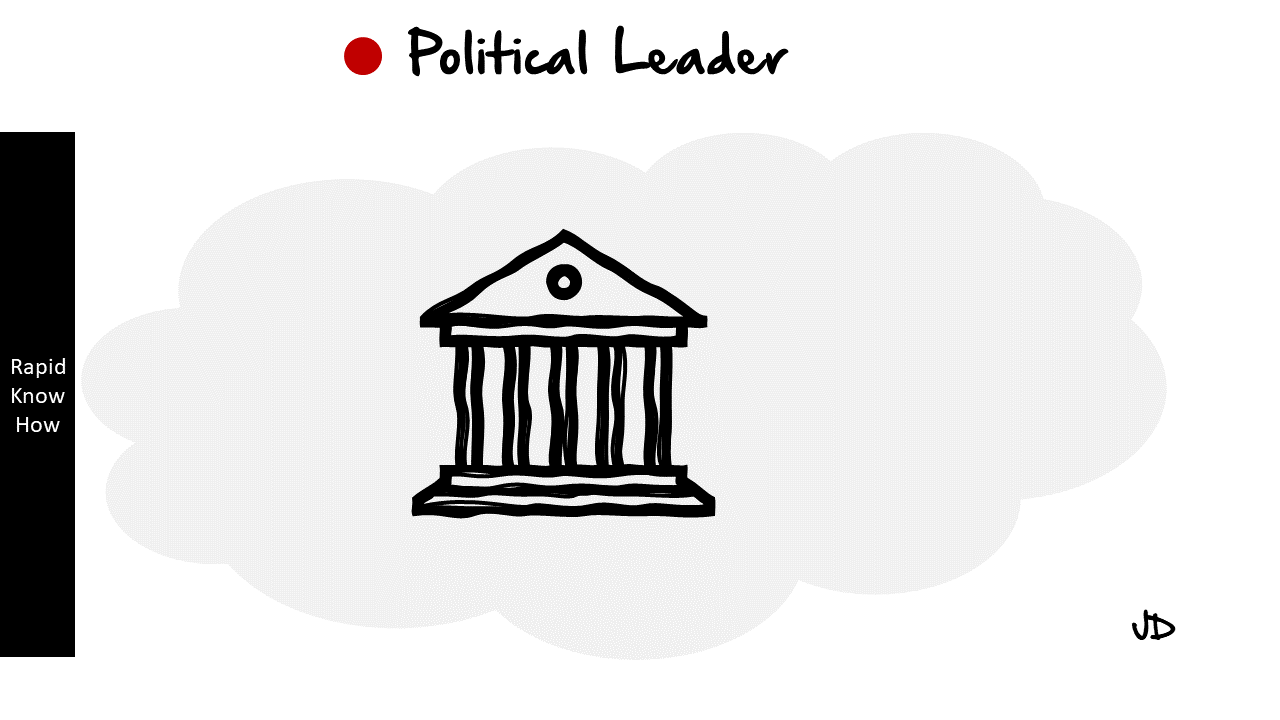Answer:
Demonstrating your political activist strategies and actions through simple illustrations can be a powerful way to communicate your ideas, engage your audience, and inspire action. This can be achieved through three main steps: Idea Illustration, Idea Exploration, and Visual Discovery.
**Idea Illustration**
The first step in illustrating your political activist strategies is to create a visual representation of your ideas. This can be done through various mediums such as sketches, diagrams, or digital illustrations.
1. **Flowcharts**: Flowcharts are an excellent way to illustrate the process of your political activism. For instance, you could start with the problem you’re addressing (e.g., climate change), then show the steps you’re taking to address it (e.g., organizing a protest, lobbying for legislation), and finally the desired outcome (e.g., policy change).
2. **Infographics**: Infographics can be used to present data or statistics related to your cause in a visually appealing way. For example, if you’re advocating for equal pay, you could create an infographic showing the wage gap between men and women in various industries.
3. **Comic Strips**: Comic strips can be a fun and engaging way to illustrate your political activism. You could create a series of panels showing a story related to your cause, such as a person experiencing discrimination and then taking action to fight against it.
**Idea Exploration**
The next step is to explore these ideas further by adding more details and depth to your illustrations.
1. **Mind Maps**: Mind maps allow you to visually explore different aspects of your political activism. You could start with your main cause in the center (e.g., racial justice) and then branch out into different actions you’re taking (e.g., education campaigns, protests), challenges you’re facing (e.g., resistance from certain groups), and goals you have (e.g., policy reform).
2. **Storyboarding**: Storyboarding involves creating a series of drawings to tell a story. This can be particularly useful for planning out a campaign or event. For example, you could storyboard the process of organizing a rally, from the initial planning stages to the day of the event.
3. **Concept Maps**: Concept maps are similar to mind maps but are more focused on showing the relationships between different ideas. You could use a concept map to show how different aspects of your political activism are interconnected, such as how grassroots organizing can lead to policy change.
**Visual Discovery**
The final step is visual discovery, which involves using your illustrations to communicate your ideas to others and inspire them to take action.
1. **Presentations**: You can use your illustrations in presentations to explain your political activism strategies. This could be done in person, online, or through video.
2. **Social Media Posts**: Sharing your illustrations on social media can be an effective way to reach a larger audience. You could post your infographics, comic strips, or other illustrations with captions explaining their significance.
3. **Exhibitions**: If you have a collection of illustrations, you could organize an exhibition to showcase them. This could be done at a local community center, university, or even online.
In conclusion, illustrating your political activist strategies and actions can be an effective way to communicate your ideas and inspire others to join your cause. By using techniques such as flowcharts, infographics, comic strips, mind maps, storyboarding, concept maps, presentations, social media posts, and exhibitions, you can visually represent your activism and engage your audience in a meaningful way.
